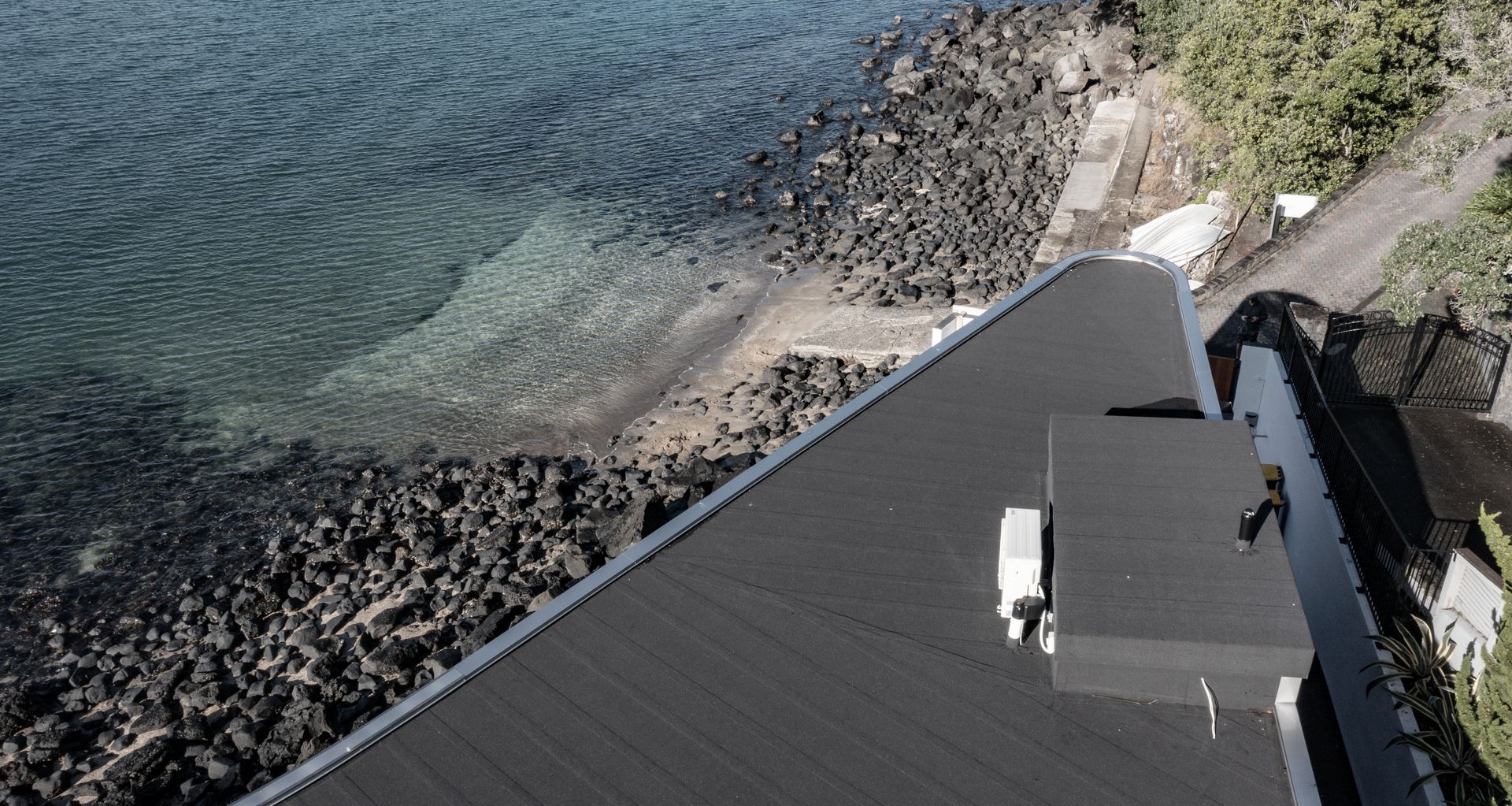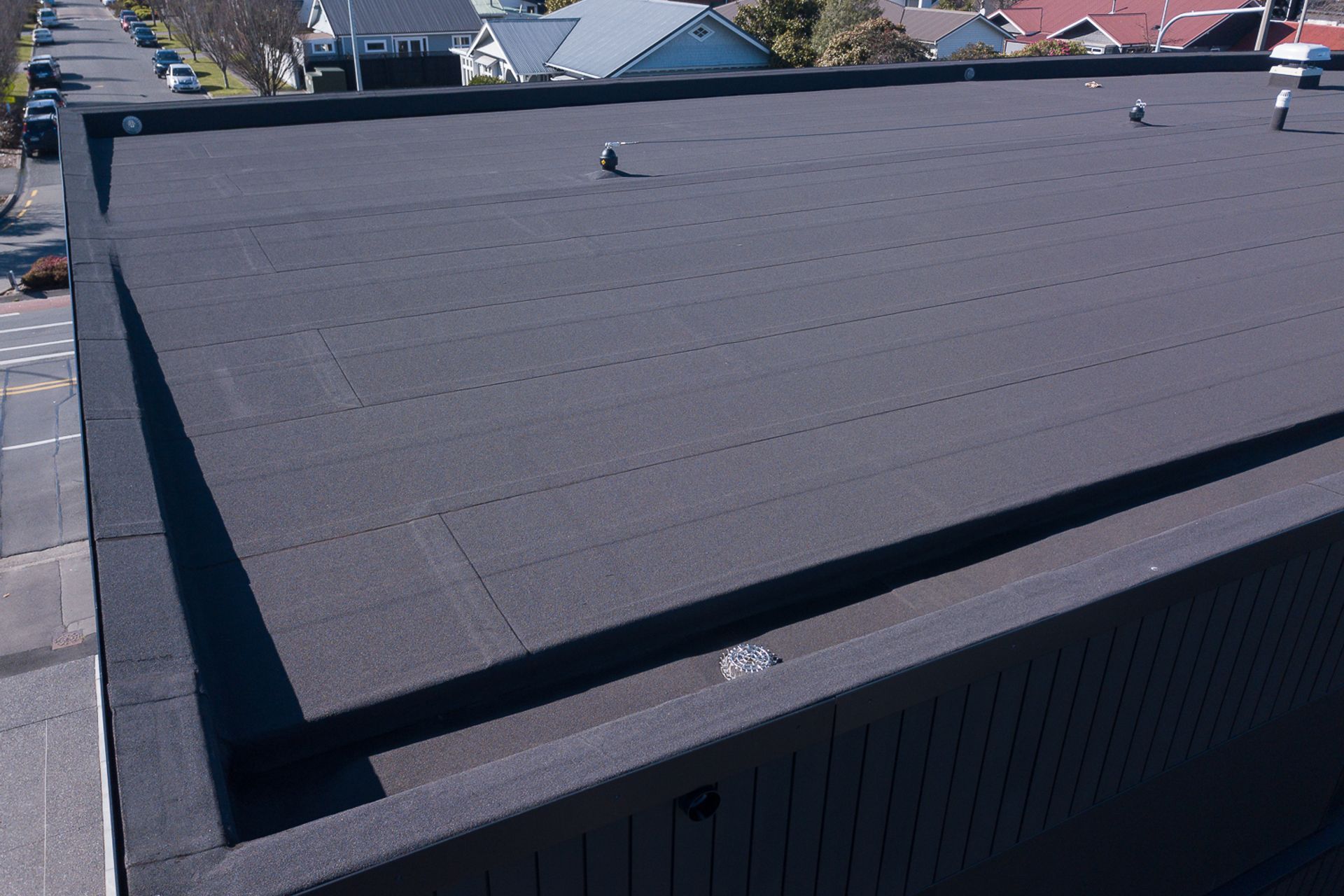The new waterproof membrane system keeping Kiwis safe
Written by
28 March 2022
•
3 min read

There’s no shortage of top-quality building materials on offer in the construction sector. But the team at Viking Roofspec think their latest product – a two layer, self-adhered waterproofing membrane system that employs a special adhesive and resin mixture for flame-free application – is an excellent choice.
For a long time, waterproof membranes for roofs and under decks have been applied with a propane gas torch. But the industry has seen a shift lately away from the use of a flame for safety reasons.
The new ‘Halley-P’ No Flame Bituminous Membrane System combines the robust, physical properties of torch-on membranes with the safety of single-ply membranes which don’t require a flame for installation.
Installed in the same staggered format as a traditional torched system, Viking Roofspec’s Gerry Mekkelholt says that Halley-P No Flame has two layers that are both self-adhering.
“The base sheet is very much like other self-adhered membranes that have a release film on the back which, once removed, adheres to the primer when pressure-rolled on the surface.”
“But the Halley-P No Flame system is unique in that both layers are self-adhered – the cap which has a chip surface finish is also installed without a flame. This makes installation faster than a traditional torch-on system.”
A safer alternative
Where the technology really comes into its own though, is its safety factor.
“If you have an area where there’s any flammable product then this is a really good option because of the lack of a flame,” says Gerry.
“It can be used on new and existing buildings – on commercial and residential. Newer buildings are a lot harder to burn down because they’re usually less flammable than old buildings where there can be old building paper or bird or rat’s nests behind the walls that aren’t visible. This is where the Halley-P No Flame system is a cut above the rest.”
Keeping buildings safe over time, the Halley-P No Flame’s factory-applied adhesive activates in a way that once roof installation is complete, the bond between the membrane layers and the substrate continues to strengthen. The technology’s hybrid combination of bitumen compounds also features the tensile strength and puncture resistance of an APP (plasticised) bitumen, with the flexibility of an SBS (rubberised) bitumen.
Is it right for your build?
For those battling New Zealand's "often brutal" climatic conditions, the chemical composition of Halley-P No Flame withstands temperatures as low as -25°C up to +120°C.
And the icing on the cake?
“The installation process is simpler and faster. The labour costs are reduced significantly because the membrane is so much quicker to install than by torch-applying it in the conventional way,” says Gerry.
“We can see that it is well suited to the waterproofing requirements of the New Zealand construction sector.”
Is your home or commercial building ready for winter? Check out Viking Roofspec’s products on ArchiPro.

